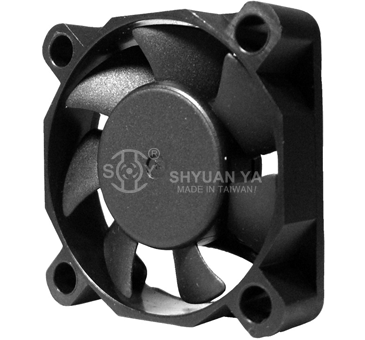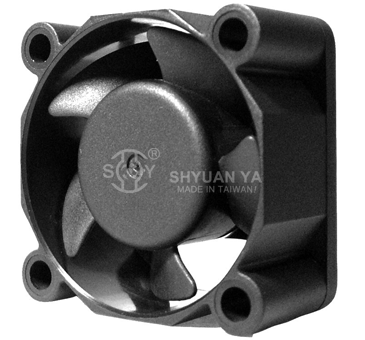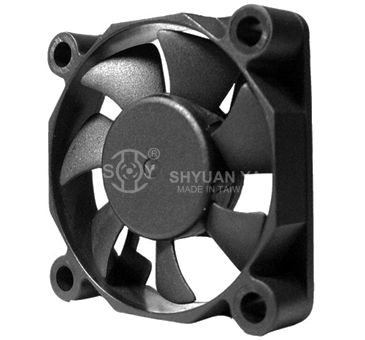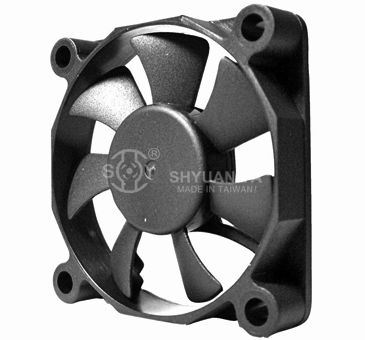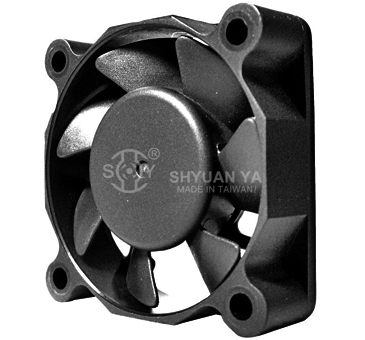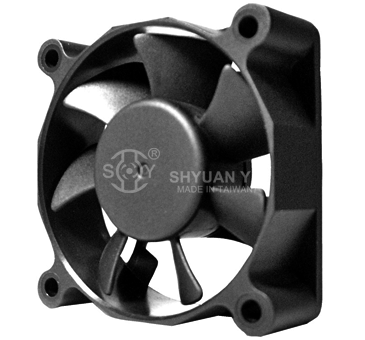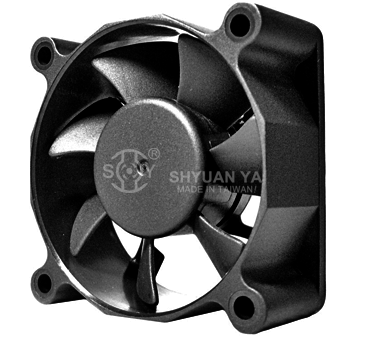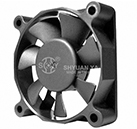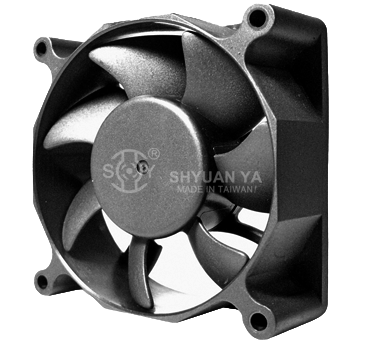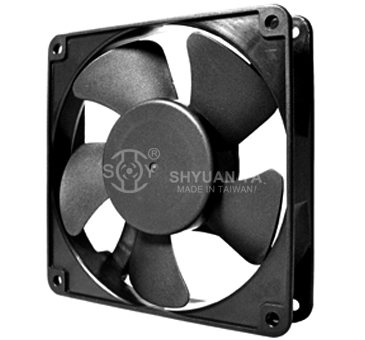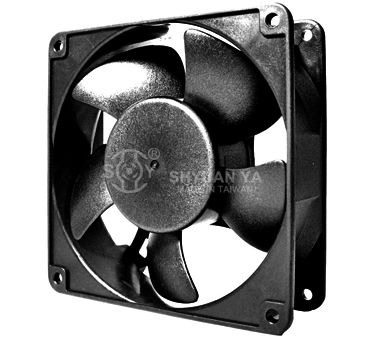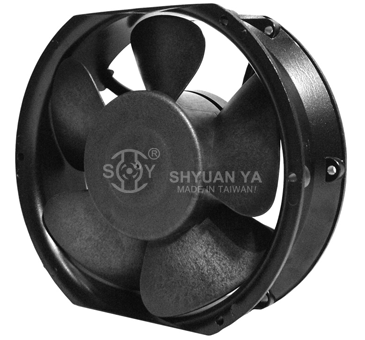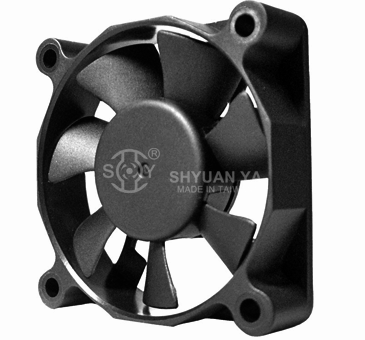What Maintenance Do DC Axial Fans Require?
DC axial fans are designed for reliability and typically require less frequent servicing than AC fans, thanks to their brushless DC motor (BLDC) technology and efficient design. However, regular maintenance is still essential to maximize performance, prevent downtime, and extend the life of both the fan and the equipment it cools.
Below is a comprehensive guide to maintaining DC axial fans effectively:
1. Routine Cleaning
Over time, dust, dirt, and debris can accumulate on the fan guard, impeller blades, and surrounding enclosure.
- Why it matters:
- Dust buildup can restrict airflow and cause the fan to work harder, leading to increased wear and higher energy consumption.
- Excessive debris may create imbalance, resulting in noise and vibration.
Recommended Action:
- Inspect and clean fans every 3–6 months, or more frequently in dusty environments.
- Use compressed air or a soft brush to gently remove buildup without damaging the fan blades.
2. Bearing Inspection and Replacement
The bearing system is critical to the fan’s longevity.
- Ball Bearings: Longer life, suitable for continuous-duty and high-temperature environments.
- Sleeve Bearings: Quieter operation but require more frequent checks in high-stress conditions.
Recommended Action:
- Listen for unusual noise or vibration, which can indicate bearing wear.
- Replace fans proactively when approaching end-of-life thresholds specified by the manufacturer.
- In mission-critical systems, consider upgrading to ball bearing fans for maximum reliability.
3. Performance Monitoring
Many modern DC fans come with tachometer output signals, allowing for real-time RPM tracking.
- Why it matters:
- A sudden drop in RPM or irregular speed patterns can indicate mechanical wear, blockage, or electrical issues.
- Early detection helps prevent unplanned downtime.
Recommended Action:
- Integrate fan monitoring into your system’s predictive maintenance program.
- Configure alerts for speed deviations to act before failures occur.
4. Electrical Connections and Voltage Checks
A fan’s performance can degrade if there are issues with its power supply or connections.
- Inspect connectors, wires, and voltage lines for damage or corrosion.
- Verify that the fan is receiving the correct input voltage (typically 12V, 24V, or 48V DC) to prevent overheating or underperformance.
5. Environmental Protection Measures
If the fan operates in harsh environments with moisture, chemicals, or heavy dust:
- Use models with IP-rated sealing to prevent internal damage.
- Regularly check seals and gaskets to ensure ongoing protection.
Maintenance Schedule Example
|
Task |
Frequency |
|
Dust and debris cleaning |
Every 3–6 months |
|
Bearing inspection |
Every 6–12 months |
|
RPM monitoring review |
Continuous / Monthly |
|
Voltage & wiring check |
Quarterly |
|
Environmental seal inspection |
Quarterly |
Why Preventive Maintenance Matters
Even though DC fans are low-maintenance by design, neglecting routine checks can lead to:
- Reduced cooling performance
- Unexpected system shutdowns
- Shortened lifespan of sensitive electronics
- Costly emergency repairs or replacements
A small investment in preventive maintenance ensures consistent airflow, stable system performance, and extended equipment life.
Get Professional Maintenance Support
If you manage critical cooling systems or operate in challenging environments, our team can help by:
- Recommending maintenance best practices tailored to your application
- Providing replacement fan schedules based on real-world performance data
- Offering custom fan solutions designed for easier servicing and longer service life
👉Contact us today to request a maintenance guide, performance checklist, or consultation to keep your cooling systems running at peak efficiency.


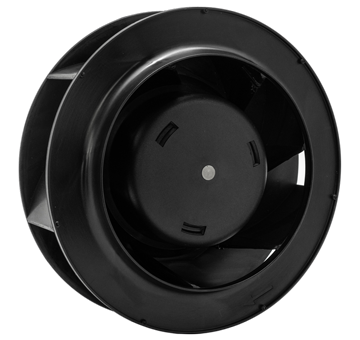
.png)
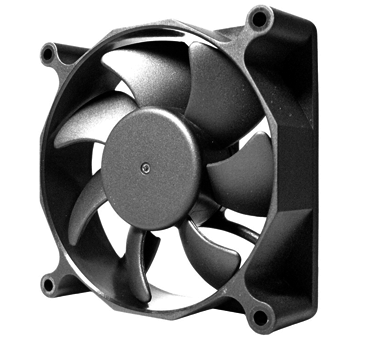
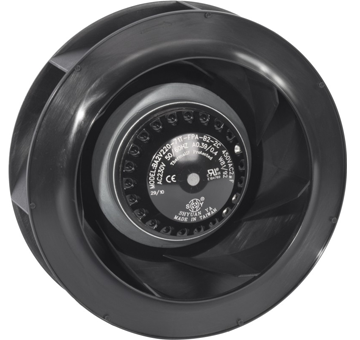
.jpg)
